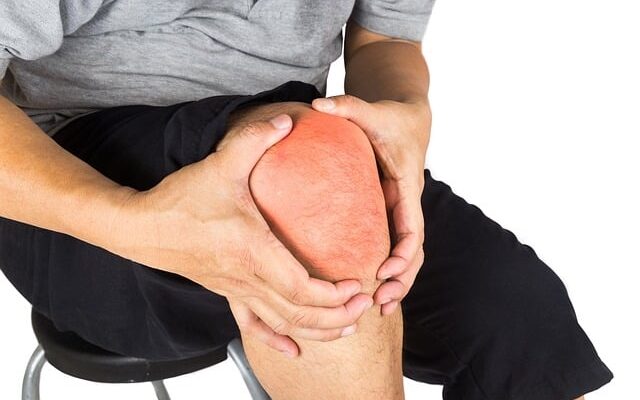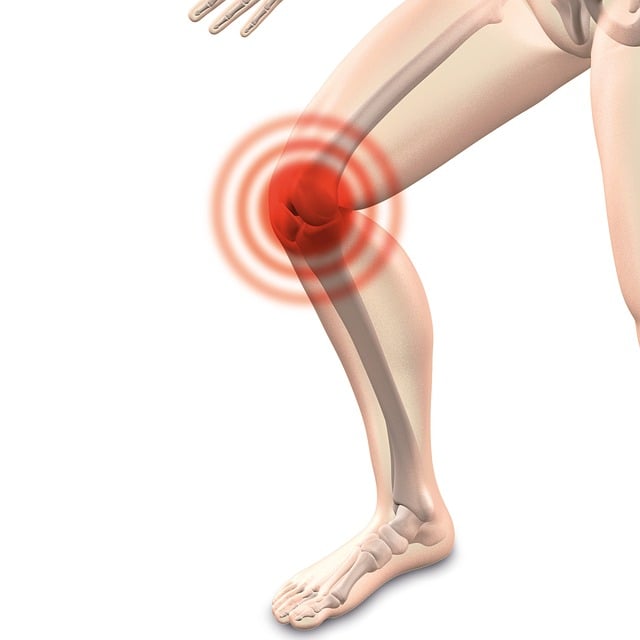January19, 2023 Imphal By Bhogen Goswami:
It is at the joint parts of our body where bones meet and allow us to move and walk, including knees, shoulders, elbows, and hips. Any forms of pain, discomfort, and aches in these joining areas are commonly known as joint pains. Facing such kind of pain can trouble you both physically and mentally. Factors causing this sickness vary from arthritis to injuries and many more.
“Nearly 15 million adults are suffering with Joint Pain”
Contents
Common Causes
According to reliable data and reports, arthritis has been one of the most common factors behind joint pains. It can be classified into two forms; osteoarthritis (OA) and rheumatoid arthritis (RA).
Osteoarthritis generally occurs in adults over the age of 40. It affects the joint parts like knees, wrists, hips, and hands, where movements often take place. The OA happens when the bone cartilage degenerates in the body, which serves as cushions between joints.
On the other hand, rheumatoid arthritis generally happens in women, compared to men. It can deposit fluids in the joints as the joint membrane starts degrading, making the patient experience pain, and inflammation.
“Just because you have joint pain doesn’t mean you are suffering from arthritis”
Apart from Arthritis, several factors and health conditions can also cause joint pain. Some of the possible causes of joint pains are
- Gout
- Internal infections or external injuries
- Osteoporosis
- Diseases like hepatitis, influenza, and mu mumps
- Sarcoidosis
- Cancer
- Excessive work involving the movement of joints
- Tendon inflammation
- Inflammation on cushioning pads around joints (bursitis)
- Lupus
Signs and Symptoms
Joint pains are possible to heal with home treatments like cold and heat therapy, yoga and exercise, etc. However, a few conditions and complications may require medical aid and treatment under a specialist. Here are some of the symptoms that may require professional diagnosis and treatment.
- Reddish and swollen appearance in the joint areas with a warm sensation
- Pain prevailing for more than two or three days
- Suffering from fever without any possible signs
One may also experience severe injury, deformed joint shape, swelling, extremely unbearable pain, and immovable joint. In such cases, it would be much better to admit in the casualty or emergency room and start the diagnosis and treatment.
Diagnosis
The diagnosis of joint pain generally involves physical examination, and verbal interrogation about the nature of pain the patient feels. It will enable the doctor to draw a bigger picture of the underlying causes. In some cases, the doctor would also require x-ray results to determine if there is any involvement of joint damage related to arthritis.
If the doctor still finds clues for other possible causes, he/she may ask for a blood test to examine autoimmune disorders. They would also conduct a sedimentation rate test to analyze the amount of inflammation occurring in the body.
Treatment
Treatment for joint pain depends on the underlying causes of the complication. After an in-depth diagnosis, the specialist will decide on a viable treatment for the patient.
As a part of treatment, the doctors may examine the fluids deposited in the joints and examine if there is any presence of infection or potential causes like gout. In some cases, they may also suggest joint replacement and surgeries.
Apart from surgeries and part replacement, changes in diet, and habits, and taking adequate medication can terminate rheumatoid arthritis into remission. Once it is accomplished, the treatment will focus more on reducing the pain.
Treatments for joint pains can also be done without medications, such as physiotherapy, Yoga, meditation, etc.
Physiotherapy: It regenerates, sustains, and maximizes the strength and reduces pain. With the help of therapies like exercise therapy, acupuncture, injection therapy, and aqua therapy, they heal joint pains, back pains, and muscle pains.
Yoga asanas: They help stimulate the blood flow and distribute adequate nutrients required in various parts of our body. Joint pains due to lack of exercise, movement, and excessive body weight can be cured by the daily practice of yoga. Thus, it will sustain both physical and mental fitness.
“Practicing mindfulness meditation can lower joint pain severity by 57%”
Meditation: Experiencing the pain at an optimum level through meditation by staying focused on it can subside its severity.
Home Remedies
For pain due to arthritis, there is no specific treatment method that can eliminate the pain and shield it from returning. However, it is possible to relieve and reduce the pain in the following ways:
- You can take topical painkillers and nonsteroidal drugs to control inflammation, pain, and swelling
- Maintaining body weight and fitness at a balanced level by practicing light exercise and eating a healthy diet
- For joint pains other than arthritis’ impact, taking proper rest and massage, warm water and cold-water therapy, and consuming anti-inflammatory drugs can heal the pain.
“Heavy exercise and work-out can worsen the pain”
Foods to Impart in Your Diet
Including nutritious food in your diet can help your joints stay strong and healthy: Here are some of the recommended foods that are beneficial to can be beneficial to enhance your joint condition:
- Cherries: The anthocyanin chemicals present in cherries are highly beneficial in reducing inflammation and curing gouts.
- Red Peppers: It is rich in vitamin C, which is essential for enhancing the collagen present in cartilage, tendons, and ligaments cushioning the joints.
- Turmeric: It contains curcumin chemicals which help in reducing the aching of knees.
- Canned Salmon: It helps to maintain your bones strong with its presence of vitamin D and calcium. Salmon is also rich in Omega-3, which can reduce inflammation
Apart from these, imparting foods like oatmeal, kale, walnuts, etc., in your diet can sustain a healthy and strong bone condition, including the joint parts.
Things to Avoid
Quitting, avoiding, and making changes in lifestyle will not only reduce the pain but also shield your body from its return. Here are a few things that you should avoid, to improve your joints and bone conditions:
- Avoid consuming unhealthy foods like omega-6 fatty acids, red meat and fried foods, excessive sugar, refined carbohydrates, processed foods, and highly fatty dairy products.
- Avoid practicing heavy exercise and taking unprofessional massage
- Never take medications without consulting an expert or concerned specialist
Conclusion
Joint pains can happen to anyone in the family, which will not only individually but also the entire family. So, understanding its symptoms, causes, and required food habits, and getting the right treatment at the right time is flawless.





